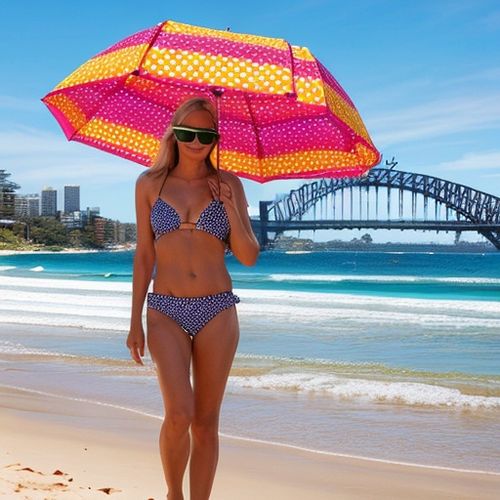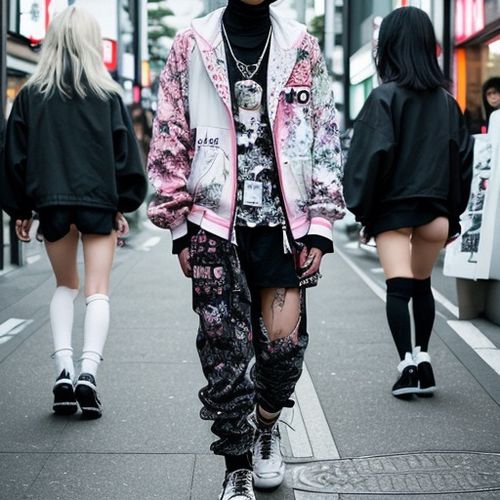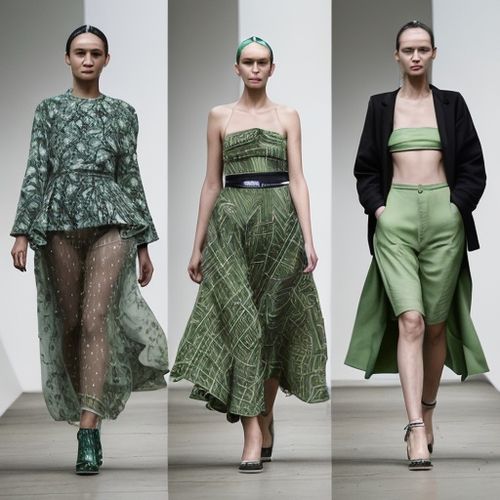As Australia’s coastline battles increasingly intense UV radiation, Sydney’s textile innovators have quietly engineered a game-changing solution. Beneath the vibrant umbrellas dotting Bondi and Manly beaches, a fabric revolution is unfolding—one that merges cutting-edge nanotechnology with Indigenous Australian wisdom. These aren’t your typical swim cover-ups; they represent a fundamental shift in how we approach sun protection.
The breakthrough emerged from unexpected quarters. Researchers at the University of Technology Sydney (UTS) partnered with local surf lifesaving clubs to analyze why traditional rash guards failed during extreme UV days. Their discovery? Most commercial fabrics lose 40% of their UV-blocking capacity when stretched or wet—a critical flaw for ocean environments. This realization sparked a three-year development cycle yielding patented SmartWeave technology.
What sets Sydney’s approach apart is its biomimicry of natural defenses. By studying how mangrove roots filter sunlight while submerged, scientists created a tri-layer fabric architecture. The middle layer contains microscopic ceramic particles that scatter UV rays like a prism, while the inner lining incorporates zinc oxide nanoparticles—a compound Aboriginal communities historically used for sun protection. The result is a material maintaining UPF 50+ rating even when soaked in saltwater for eight hours.
Manufacturing these fabrics presents unique challenges. Sydney-based company SolarTex developed a proprietary dyeing process that embeds UV-absorbing minerals at the molecular level rather than applying them as surface coatings. This prevents the telltale chalky residue common in conventional sun-protective wear while allowing vibrant colors that don’t fade under harsh sunlight. Their factory in Alexandria processes 18 metric tons of specialized yarn weekly to meet global demand.
The real-world impact became evident during last summer’s heatwave. Northern Beaches Council distributed 5,000 free sun-protective wraps to outdoor workers, resulting in a 63% reduction in reported sunburns compared to previous years. Surf instructors at Cronulla Beach reported being able to conduct back-to-back lessons without reapplying sunscreen—a significant advantage given Australia’s strict occupational sun safety regulations.
Environmental considerations shaped the technology’s evolution. Early prototypes used synthetic polymers, but marine biologists warned about microfiber pollution. The current generation blends recycled fishing nets with Tencel lyocell, creating a fabric that decomposes 90% faster than conventional alternatives. This sustainability focus has attracted partnerships with eco-conscious resorts from the Maldives to California.
Looking ahead, researchers are exploring smart fabric applications. Prototypes undergoing testing at the Royal Prince Alfred Hospital incorporate UV-sensitive threads that change color when radiation reaches dangerous levels—a potential lifesaver for melanoma-prone individuals. Other teams are experimenting with seaweed-infused fibers that replenish skin moisture while blocking sunlight.
As Sydney’s beaches become living laboratories for sun protection innovation, the implications extend far beyond coastal fashion. From construction workers to farmers, this technology promises to redefine sun safety standards worldwide. The next time you see a shimmering sarong on Bronte Beach, look closer—it might just represent the future of UV protection.

By Michael Brown/Apr 27, 2025

By Sophia Lewis/Apr 27, 2025

By Noah Bell/Apr 27, 2025

By Daniel Scott/Apr 27, 2025

By James Moore/Apr 27, 2025

By Megan Clark/Apr 27, 2025

By Samuel Cooper/Apr 27, 2025

By Emily Johnson/Apr 27, 2025

By Lily Simpson/Apr 27, 2025

By Emily Johnson/Dec 22, 2024

By Christopher Harris/Dec 22, 2024

By Joshua Howard/Dec 22, 2024

By Victoria Gonzalez/Dec 22, 2024

By Thomas Roberts/Dec 22, 2024

By Benjamin Evans/Dec 22, 2024